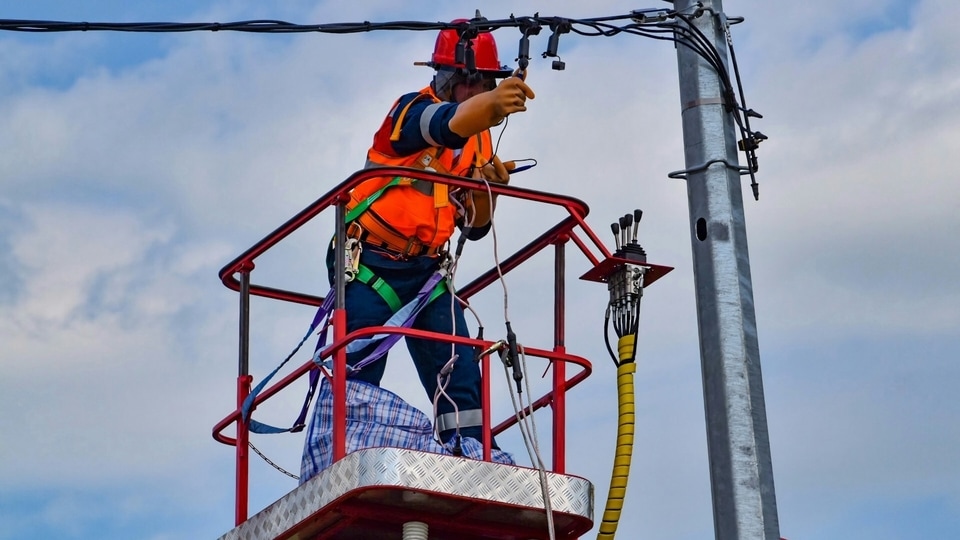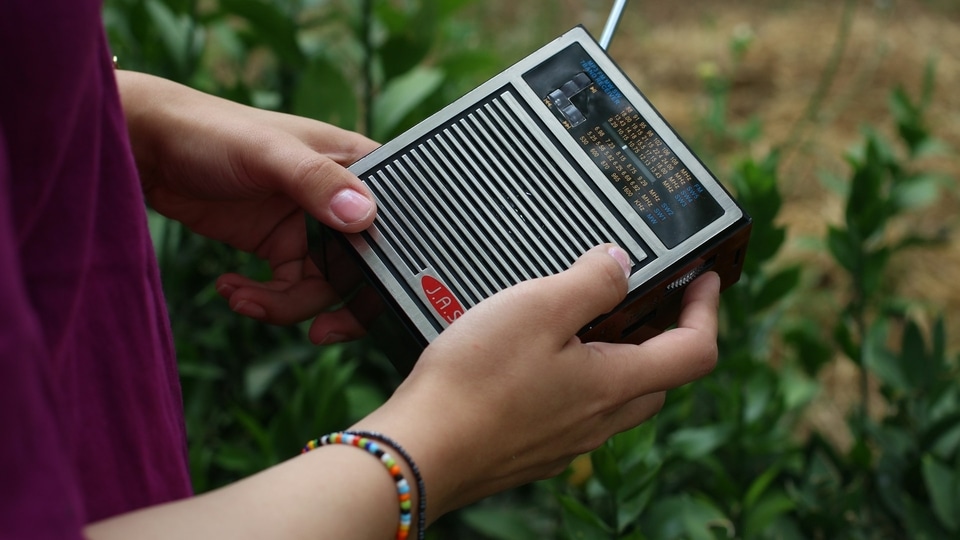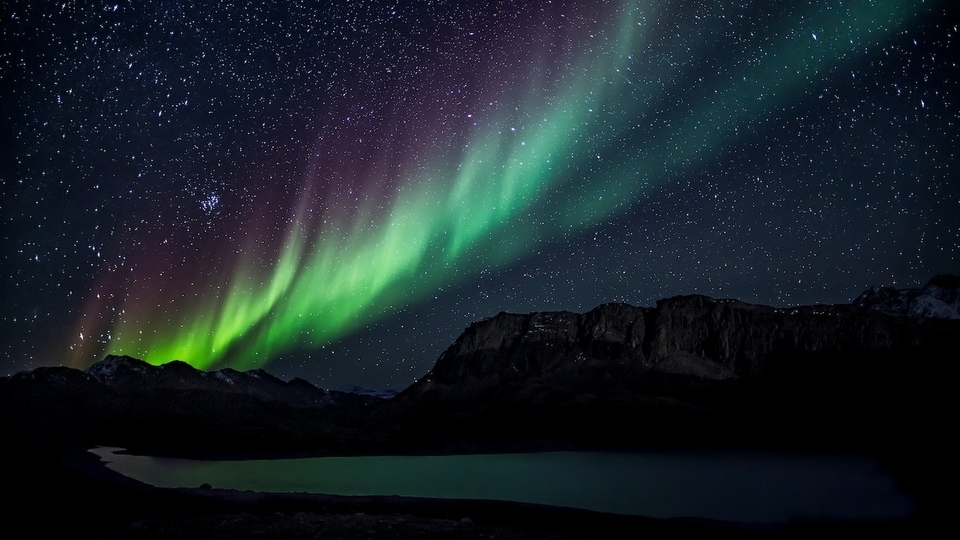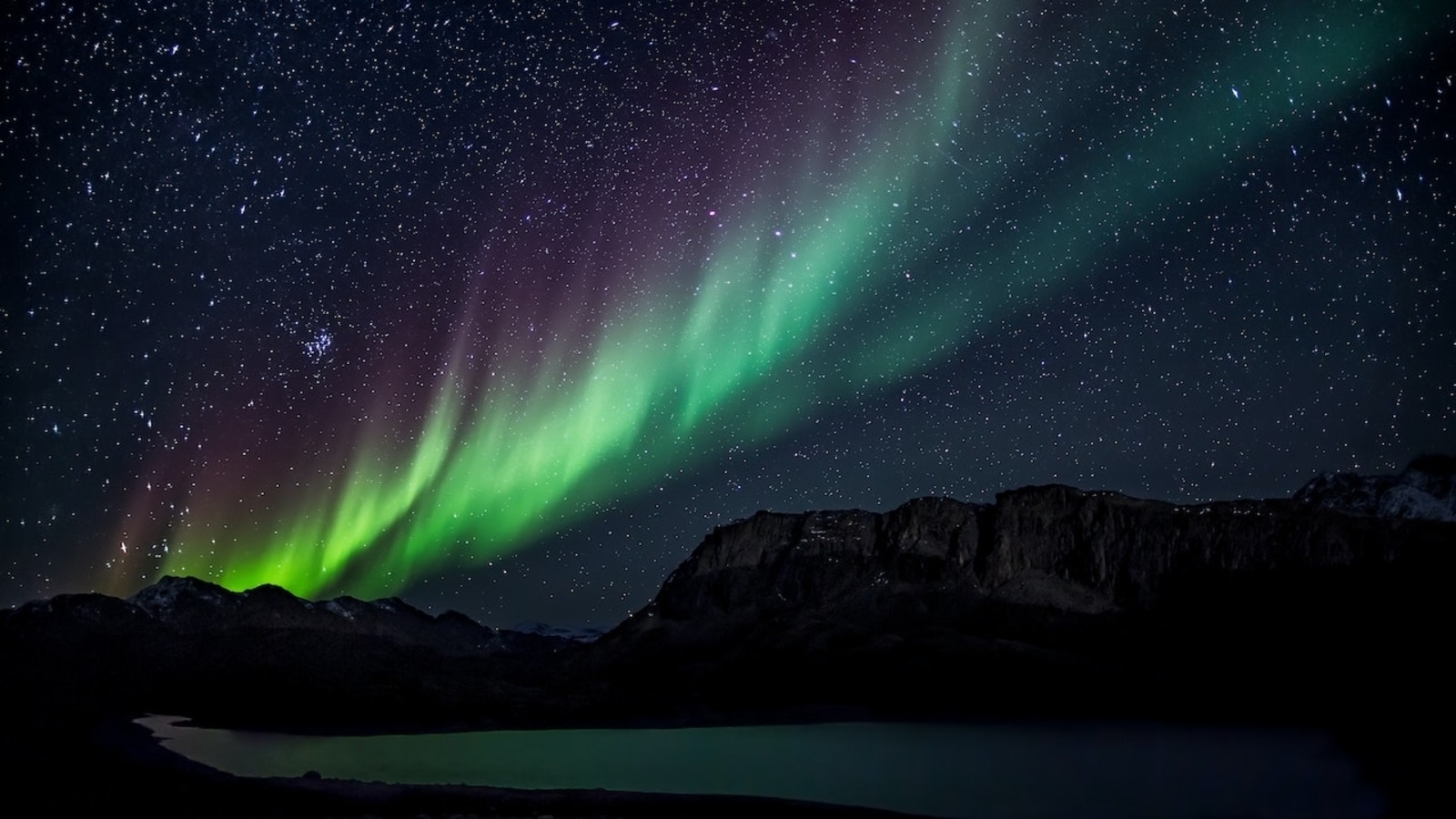Solar storm 2024: Volatile Sun sparks Geomagnetic storm, generates stunning auroras
Solar storm 2024: The volatile Sun, heading toward the solar maximum, has sparked a geomagnetic storm on Earth and triggered amazing auroras around the Arctic Circle on March 3.






 View all Images
View all ImagesSolar storm 2024: As the Sun approaches the solar maximum, its activity is expected to increase further and that means more reasons to worry for space weather trackers here on Earth. The Sun has been showing its might in the last few weeks, with dangerous X-class solar flares spewing out on multiple occasions. All these solar phenomena hold the potential to cause damage on Earth to the electrical infrastructure. Technological instruments are especially at risk during these events, resulting in power blackouts and even disruption of radio communication. Just days after a G1-class geomagnetic storm hit Earth, another triggered auroras on March 3.
Solar storm
According to a report by spaceweather.com, a CME was hurled into space on February 28 by the Sun when a magnetic filament erupted that was connected to sunspot AR3592. Although it was initially not expected to hit Earth, its impact was bigger than expected. This CME impact resulted in a G2-class geomagnetic storm which triggered auroras over the Arctic Circle.
The stunning auroras were captured by Jan Eklind during a flight. Eklind told Space Weather, “I was flying from Oslo to Kirkenes on Scandinavian Airlines when the CME struck. Auroras spread across the sky with twilight in the distance and city lights below.”
Also read: NOAA says solar wind could trigger solar storm
How do auroras form?
According to NASA, when a solar storm interacts with Earth's magnetic field, it results in the formation of geomagnetic storms. The solar particles released during this interact with the various gases present in our atmosphere and form stunning Auroras which are a sight to behold, especially from places like Reykjavik in Iceland and Svalbard in Norway.
Also Read: Know all about the total solar eclipse 2024
Scientists study aurora from a variety of vantage points: below, above, and within. From below, ground-based telescopes and radar look upward to track what's happening in the sky. From above, NASA missions such as THEMIS investigate what causes auroras to dramatically shift from slowly shimmering waves of light to wildly shifting streaks of colour, according to the space agency.
Also, read other top stories today:
Nothing Phone 2a launch soon! Carl Pei-led Nothing is set to launch its mid-range smartphone in India on March 5! Some interesting details in this article. Check it out here.
Motorola X50 Ultra launch teased! The company hints at its design and AI features and says the launch will happen soon. It is touted to rival the Samsung Galaxy S24. Know all about it here.
US vs China! The US is reevaluating data protection policies amid concerns about Chinese tech, with a focus on AI risks. Recent actions by President Biden aim to limit the flow of sensitive data abroad to prevent espionage and blackmail. Read all about it here.
One more thing! We are now on WhatsApp Channels! Follow us there so you never miss any updates from the world of technology. To follow the HT Tech channel on WhatsApp, click here to join now!
Catch all the Latest Tech News, Mobile News, Laptop News, Gaming news, Wearables News , How To News, also keep up with us on Whatsapp channel,Twitter, Facebook, Google News, and Instagram. For our latest videos, subscribe to our YouTube channel.































